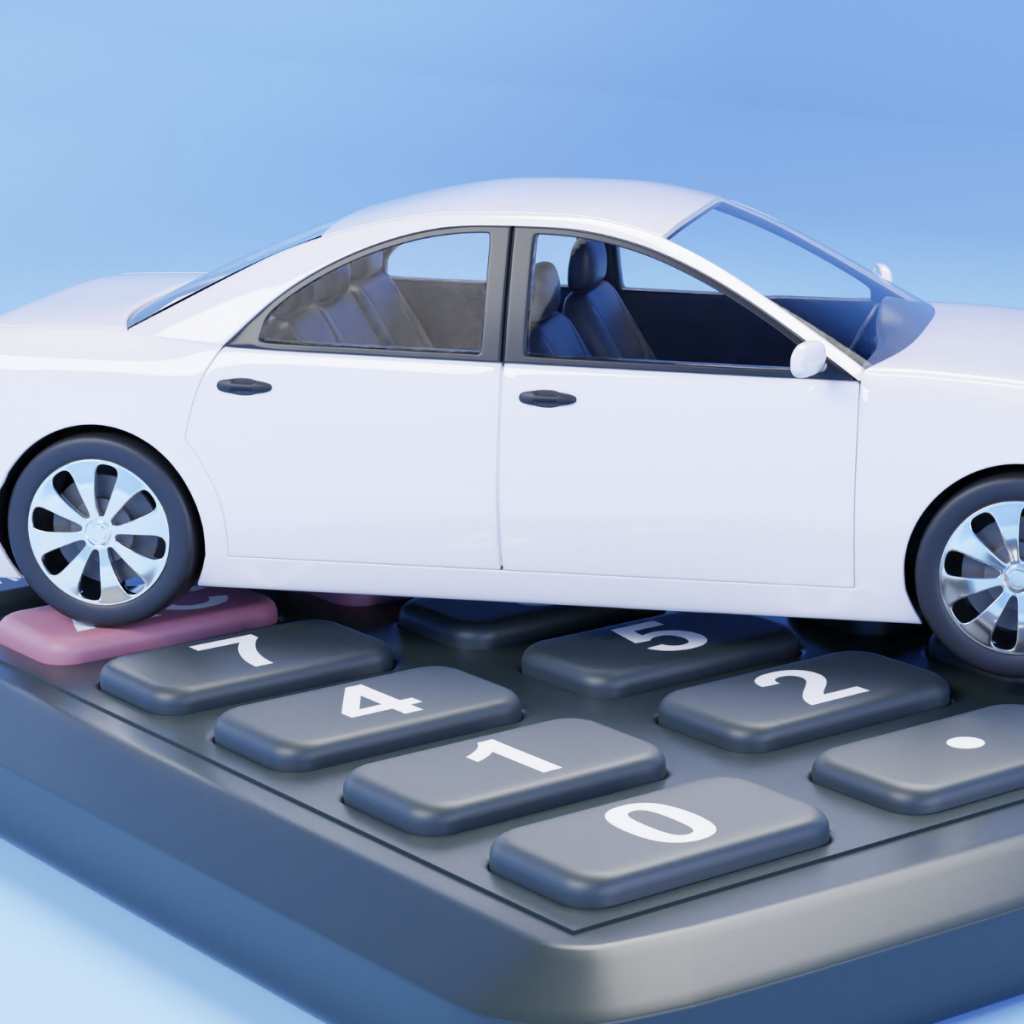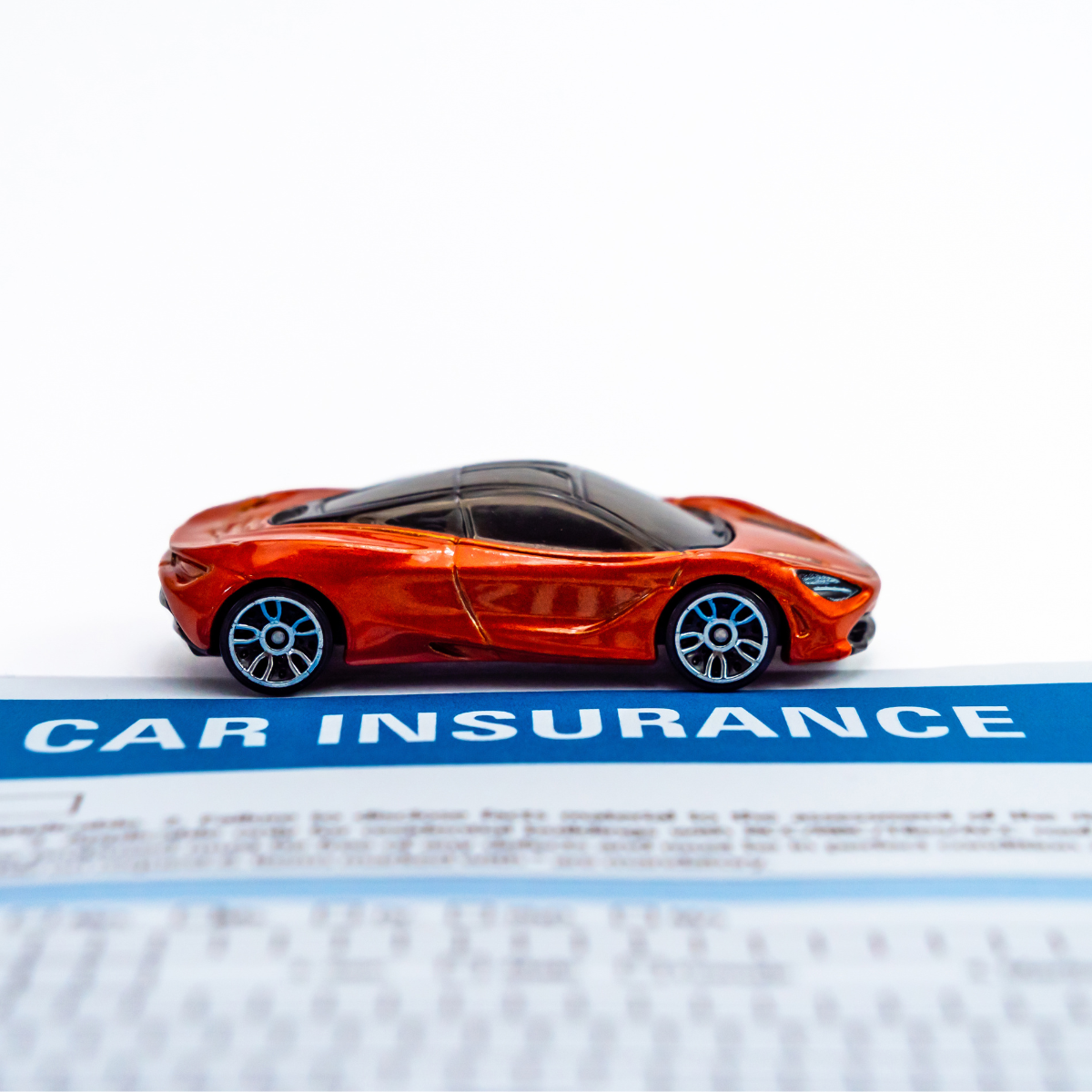When it comes to car insurance, many drivers know that the type of car they own plays a crucial role in determining their premiums and coverage. However, what many may not realize is that car insurance for used cars differs significantly from insurance for new vehicles. Understanding these differences is essential, especially when you’re deciding on the level of protection for your used car. Whether you’ve just purchased a pre-owned vehicle or are considering your options for insuring a used car, it’s important to recognize how your insurance needs change with the age, condition, and value of your vehicle. In this article, we will explore the key differences between car insurance for used and new cars, the types of coverage you should consider, and tips for finding the best insurance rates.

Understanding the Basics of Car Insurance for Used and New Cars
Before diving into the specifics, it’s important to understand how car insurance works. Car insurance policies generally consist of several types of coverage, including liability, comprehensive, collision, and medical payments. Each type of coverage protects you in different scenarios, such as accidents, vehicle damage, and medical expenses.
When insuring a used car, you’ll typically find that the premiums are lower than those for a new car. This is because used cars generally have a lower market value, meaning the insurer’s payout in case of damage or loss is likely to be less. However, the insurance options and coverage you select will greatly affect your premiums, regardless of whether your car is new or used.
Key Differences Between Car Insurance for Used and New Cars
1. Premiums and Cost of Coverage
One of the most significant differences between insuring a new car and a used one is the cost of premiums. New cars generally have higher premiums because they have a higher market value, making them more expensive to repair or replace in the event of an accident. Insurance companies factor in the replacement cost and the cost of repairing newer vehicles, leading to higher rates for new cars.
On the other hand, used cars tend to have lower premiums since their market value is lower. In the event of a claim, the insurer would pay out less for a used car than for a new car. This difference in premiums can be significant, especially for high-value or luxury cars, where premiums for new models can be considerably higher than for older models.
2. Coverage Options
When insuring a new car, it is common to choose a comprehensive coverage policy. Comprehensive insurance typically covers damage caused by non-collision incidents, such as theft, vandalism, or natural disasters. It also covers the cost of repairs and replacements, offering peace of mind for new car owners who want to protect their investment.
For used cars, however, the need for comprehensive coverage might be less urgent, especially if the car’s market value has depreciated. While comprehensive coverage can still be valuable for older cars, many used car owners choose to forgo it in favor of liability and collision coverage, which are often more affordable. Comprehensive coverage for a used car may only be cost-effective if the car is still relatively new or in excellent condition.
3. Depreciation and Insurance Payouts
Depreciation plays a significant role in the differences between insurance for new and used cars. A new car will lose a considerable amount of value the moment it is driven off the lot. Within the first few years, a vehicle’s value can drop significantly, affecting its replacement cost and the potential payout from an insurer.
For new cars, insurers may offer policies with replacement cost coverage, which allows the owner to get a new vehicle of the same make and model if the car is totaled. This type of coverage, however, is less common for used cars, as the vehicle’s market value has already depreciated.
Used car owners typically receive payouts based on the actual cash value (ACV) of the car. This means the insurer will consider the car’s current market value, factoring in depreciation. While ACV policies are cheaper, they may not provide enough compensation to replace the vehicle with something similar, especially if the car has already lost significant value.
4. Insurance for Older Cars with Higher Mileage
Cars with higher mileage may require specialized insurance. Older cars often have a higher risk of mechanical breakdowns and wear-and-tear issues. This can make it harder to find coverage, particularly for comprehensive or collision insurance. Some insurance companies may offer limited coverage or exclude certain types of damages for older cars with higher mileage, as these vehicles are more likely to experience problems that would not be covered under a typical policy.
If your used car has a lot of miles on it, it’s a good idea to shop around for insurers that specialize in older cars. They may offer coverage that is better suited to the needs of high-mileage vehicles, including liability insurance or minimal collision coverage.
5. Insurance Discounts for New Cars vs. Used Cars
When you purchase a new car, especially if it’s equipped with advanced safety features or anti-theft technology, you may qualify for discounts on your insurance. These features reduce the likelihood of accidents, theft, or damage, which lowers the insurer’s risk. Insurers may offer discounts for features such as lane assist, automatic emergency braking, anti-theft devices, and more.
While used cars may not always come with the latest safety technology, there are still ways to save money on insurance for these vehicles. Many insurers offer discounts for safe driving records, bundling policies, or maintaining a clean driving history. Additionally, if your used car is equipped with safety features, even if it’s an older model, you might still be eligible for discounts.
6. The Role of Liability Coverage for Used and New Cars
Liability coverage is typically the minimum required by law in most states, and it is an essential part of any car insurance policy. Liability insurance covers the costs of damage or injury you cause to others in an accident. The main difference between new and used cars in terms of liability coverage is the potential for claims. In general, newer cars may pose a higher risk to third parties due to their increased value and performance, which might influence the cost of liability coverage.
For used cars, liability coverage often remains the same, regardless of the car’s age. The key factor is the driver’s risk profile, such as their driving record and the likelihood of accidents. However, if you own a used car with a higher risk of causing accidents, you may want to consider increasing your liability coverage to protect yourself from potential legal and financial consequences.
How to Choose the Right Car Insurance for a Used Car
When insuring a used car, it’s important to consider your budget, the value of the car, and your risk tolerance. Here are some tips for finding the right car insurance:

1. Assess the Car’s Value and Condition
Before deciding on a coverage plan, assess the value and condition of your used car. If it’s an older car with low value, you might opt for basic liability or collision coverage. However, if the car is relatively new or in great condition, you may want to consider comprehensive coverage for added protection.
2. Consider Your Budget
While insurance premiums for used cars are generally lower, it’s still important to find a policy that fits your budget. Compare quotes from different insurance companies, and look for discounts or bundle options that could help lower your overall premium.
3. Look for Special Coverage for Older Cars
If your used car is older or has high mileage, look for insurance companies that specialize in insuring older vehicles. These companies may offer more flexible policies for high-mileage cars, making it easier to find the right coverage.
Conclusion
Car insurance for used cars differs from that for new cars in several important ways. From premiums and coverage options to payouts and discounts, the condition, value, and age of your car significantly influence your insurance needs. While it may be tempting to opt for minimal coverage for a used car, it’s crucial to consider the car’s value, your driving habits, and your financial situation to ensure you get the protection you need. Whether you’re insuring a new or used vehicle, always shop around, compare quotes, and review your policy regularly to ensure you’re getting the best deal.

Leave a Reply